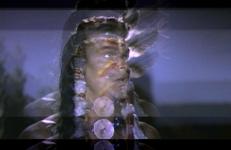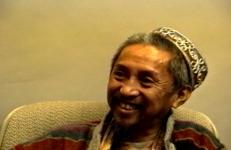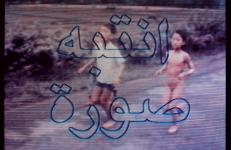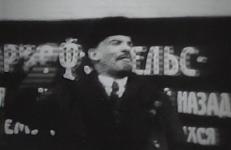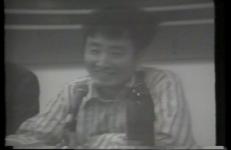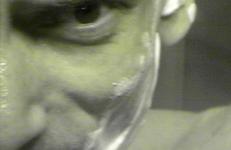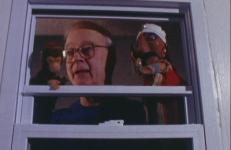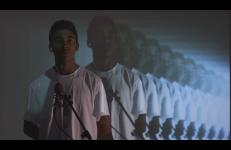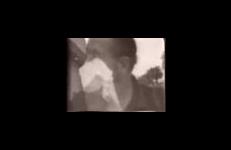Stutter the Searchers is an undulating re-edit of John Ford's "frontier saga" The Searchers (1956). Ford's violent narrative is restructured through the use of condensation, repetition, and the oscillating de-location of the image's place within the frame. This work pursues a spiraling, percussive search where flashing images endanger assumptions about home and wilderness.
This title is also available on Reconstruction Trilogy: Les LeVeque.




